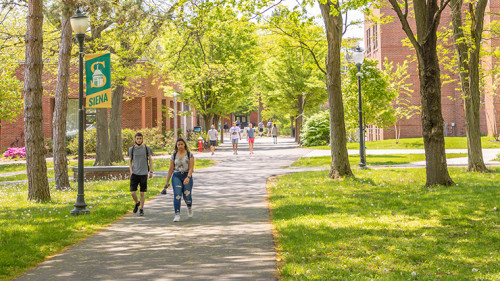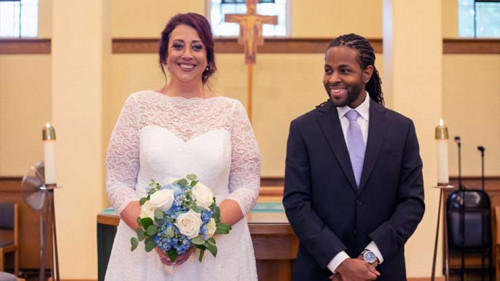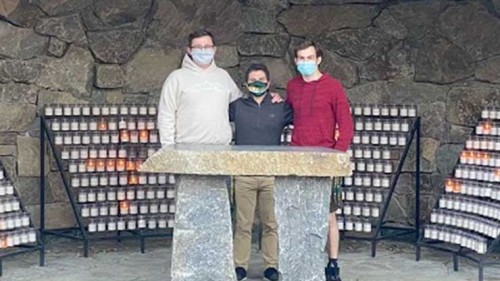

Breanne Beard ’17
On Monday, March 21st, Sister Barbara Lum, SSJ, visited Siena College to share her experiences in Selma, Alabama with the Siena community. Sr. Barbara is a sister of St. Joseph in Rochester, N.Y.
Sr. Barbara arrived in Alabama in 1959 and taught practical nursing classes at the Good Samaritan Hospital. At the time, this nursing program was the only one offered for African American students in the state of Alabama and the Hospital was the only location in nine counties that accepted African Americans. It was there that she heard of the injustice of the Jim Crowe Laws.
On March 7, 1965, Bloody Sunday, six hundred people marched against the killing of Jimmie Lee Jackson, a protester who was fatally shot by a police officer. Jackson was admitted to the Good Samaritan Hospital and Sr. Barbara cared for him. She remembers him taking her hand and saying, “Sister, don’t you think this is a high price to pay for freedom?”
Although the Sisters were ordered by their bishop not to participate in the march held in Selma, they decided to help in a different way, the best way they could.
The crowds of people marched 55 miles from Selma to the state capital Montgomery on Bloody Sunday. State Troopers stopped the marchers at the bridge entering Montgomery, and when the marchers refused to turn back, the police attacked them.
The Sisters of St. Joseph, including Sr. Barbara, ran to the aid of those who were injured in the attack. In the emergency room, the Sisters treated over a hundred people. Sr. Barbara said, “The night staff came in and the evening staff came in and the morning staff stayed. They all stayed until people went home or were emitted.”
Dr. Martin Luther King called out to clergy all over the country for help. The Sisters answered the call by providing places to sleep in the unused wing of the hospital, and preparing meals for the guests. Thousands of people from outside of Selma came to the town to help support the protestors.
Nora Consigliere ’17 attended the event and was moved by the stories. She said, “I really liked being able to see the civil rights protest through the eyes of the Sisters who helped those physically affected by the movement to end racial oppression.”

